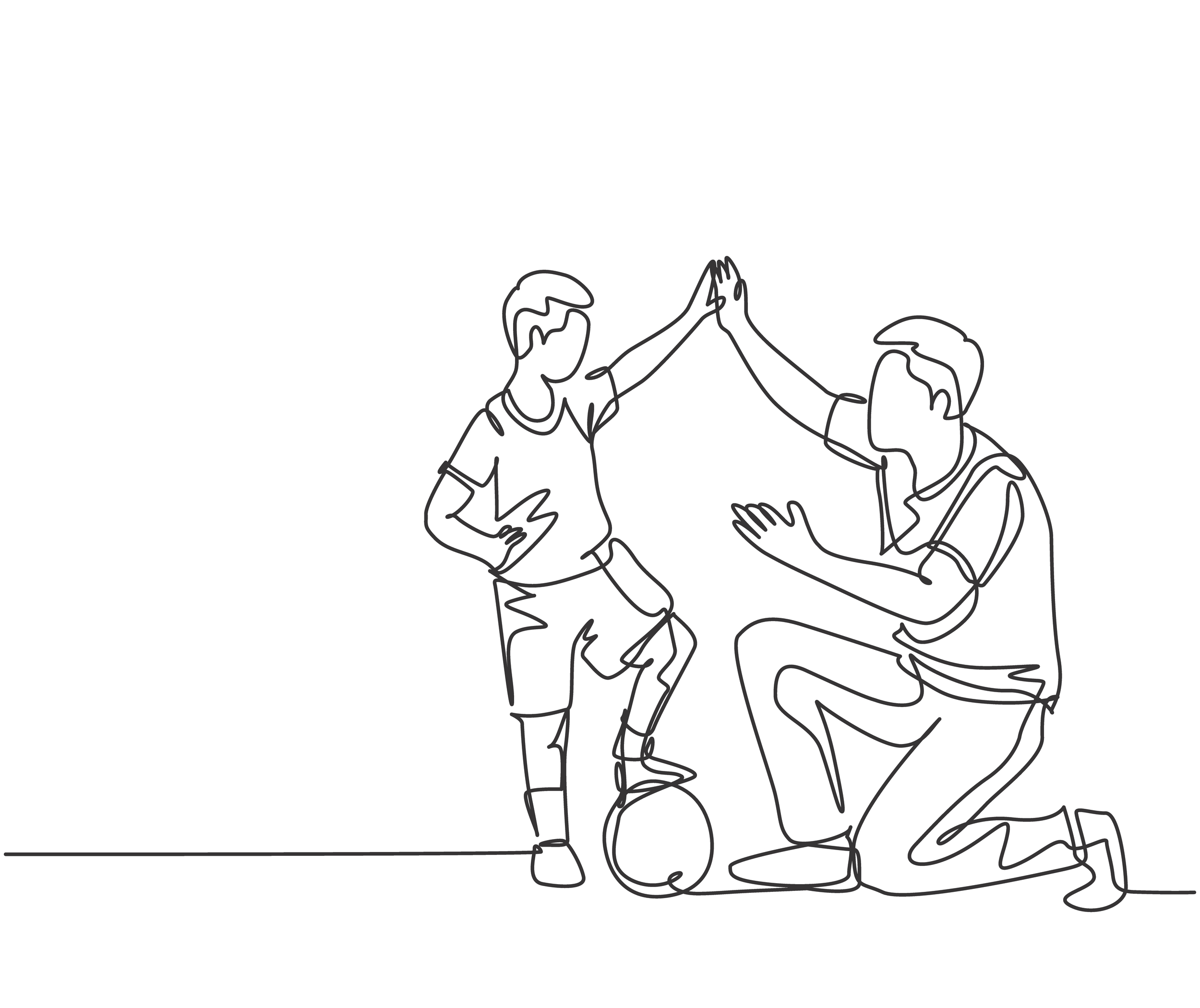Sensory Seeking/Craving
What is sensory seeking/craving?
Sensory seeking, also known as sensory craving, is characterized by an individual’s tendency to actively pursue sensory experiences that are intense or stimulating. This can manifest in various behaviors, such as engaging in repetitive motions, seeking out loud sounds, touching different textures, or participating in high-energy activities. Individuals who exhibit sensory seeking behaviors may appear to have a higher threshold for sensory input and may seek out sensory experiences that others might find overwhelming.
What causes sensory seeking behaviors?
Sensory seeking behaviors can stem from a variety of underlying factors, including neurological differences, sensory processing disorders, and developmental conditions such as autism spectrum disorder or ADHD. Individuals with sensory seeking tendencies may have a desire to achieve a certain level of sensory input to help regulate their emotions or attention.
How can I identify if my child is a sensory seeker?
Signs that a child may be a sensory seeker include frequently fidgeting, engaging in activities that provide intense physical movement (like bouncing or spinning), seeking out tactile exploration by touching various surfaces, and showing a strong interest in loud noises or bright lights. Children may also present behaviors like chewing on non-food items, climbing frequently, or exhibiting impulsiveness as they seek additional sensory stimulation.
Can sensory seeking impact daily life?
Yes, sensory seeking can significantly impact daily living. For a child, these behaviors may lead to difficulties in structured settings like classrooms or during mealtimes, where intense sensory input may not be appropriate. Additionally, excessive seeking can lead to safety concerns if children engage in risky behaviors to fulfill their sensory needs.
Are there specific sensory seeking behaviors to watch for?
Common behaviors associated with sensory seeking include excessive movement (such as jumping or running), needing to touch other people or objects frequently, showing a preference for loud and fast-paced activities, and engaging in activities that involve spinning or rapidly changing positions. Chewing, nibbling, or mouthing objects can also be indicative of sensory seeking.
How can I support a child with sensory seeking behaviors?
To support a child exhibiting sensory seeking behaviors, it is essential to provide them with safe and appropriate sensory experiences. This may include offering sensory-rich toys, using balance boards, providing opportunities for physical activity, or creating a sensory-friendly environment where intense experiences are readily available, such as obstacle courses or climbing structures.
What types of therapies can help with sensory seeking?
Therapeutic approaches that can assist sensory seekers include occupational therapy focused on sensory integration, which develops strategies to manage and channel sensory cravings. Movement-based therapies, such as dance or martial arts, can offer structured ways to fulfill sensory needs while also teaching self-regulation and control.
Are there resources or tools that can help manage sensory seeking?
Various resources can be useful, including sensory tools such as weighted vests, fidget spinners, sensory bins with stimulating materials, and interactive games that involve movement. Adjustable environments tailored to sensory needs, such as calm-down corners filled with soft items and interactive toys, can also provide positive outlets for sensory seeking behaviors.
How can educators assist sensory-seeking students?
Educators can foster the success of sensory-seeking students by including sensory breaks during lessons, providing access to sensory tools, and allowing movement breaks that engage students in physical activity. Creating an inclusive learning environment where sensory needs are acknowledged can help these students thrive academically and socially.
Is sensory seeking a permanent condition?
Sensory seeking behaviors may not be permanent and can evolve over time. With appropriate support, children may learn to regulate their sensory needs effectively. Interventions, including strategies learned through therapy and education, can help individuals manage their sensory seeking behaviors as they grow.
What are other parents reading?
Separation anxiety can feel really hard for both kids and parents. For families with kids who have special needs, it
Separation anxiety can be tough on any child, but for children with special needs, it often goes hand in hand
Picture this scene: You’ve finally gotten your baby into a comfortable sleep routine. Nights are restful, naps are scheduled, and
Find a Therapist
Find the physical therapist, occupational therapist, or speech language pathologist you are looking for!
Ask Us Anything
Whether you are looking for advice, have a general question about sensory processing, or are looking for resources - we are here to help!
Ask Us Anything
Submit Your Story
Share your story about your child. Let’s celebrate milestones and learn more about challenges.


























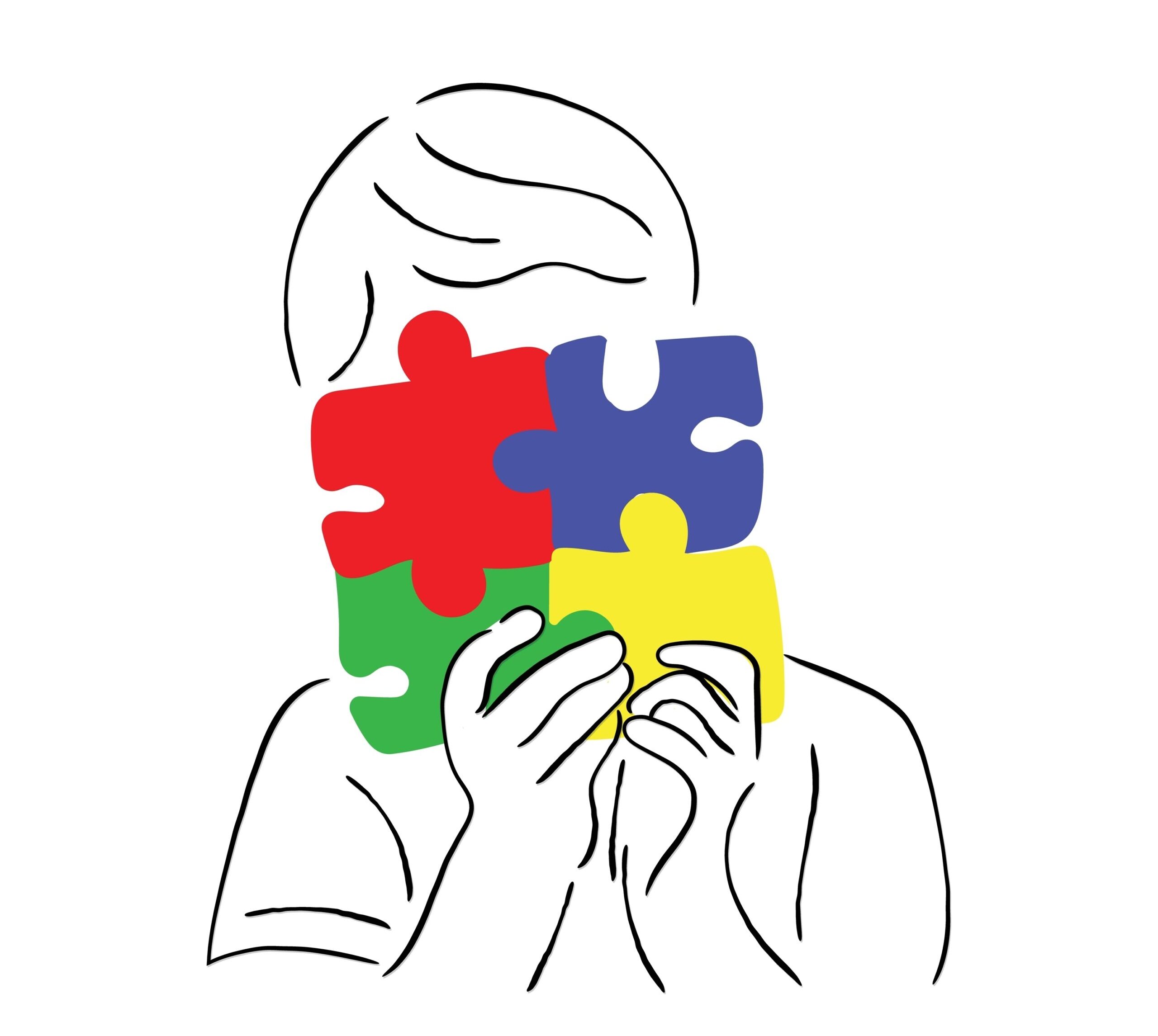
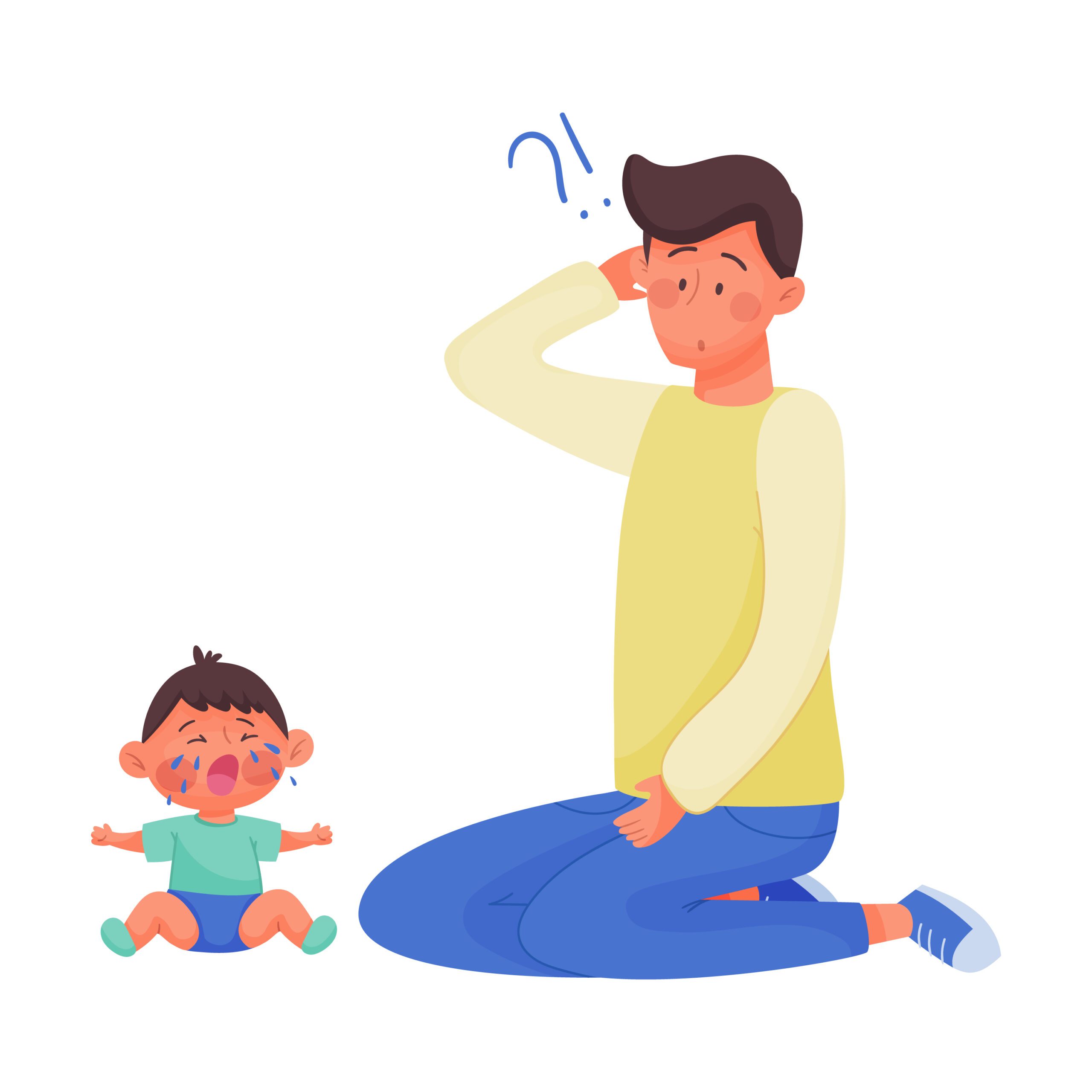
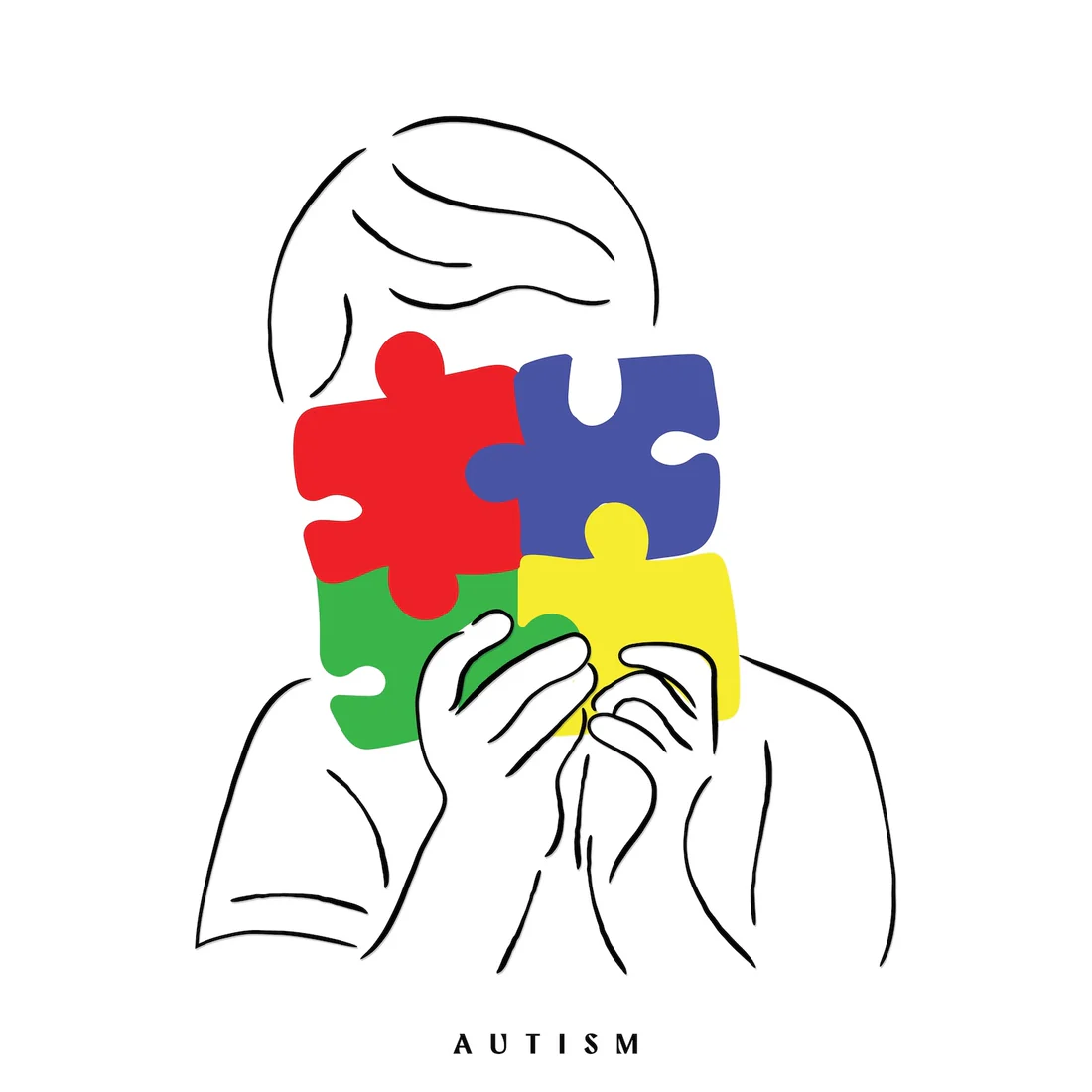
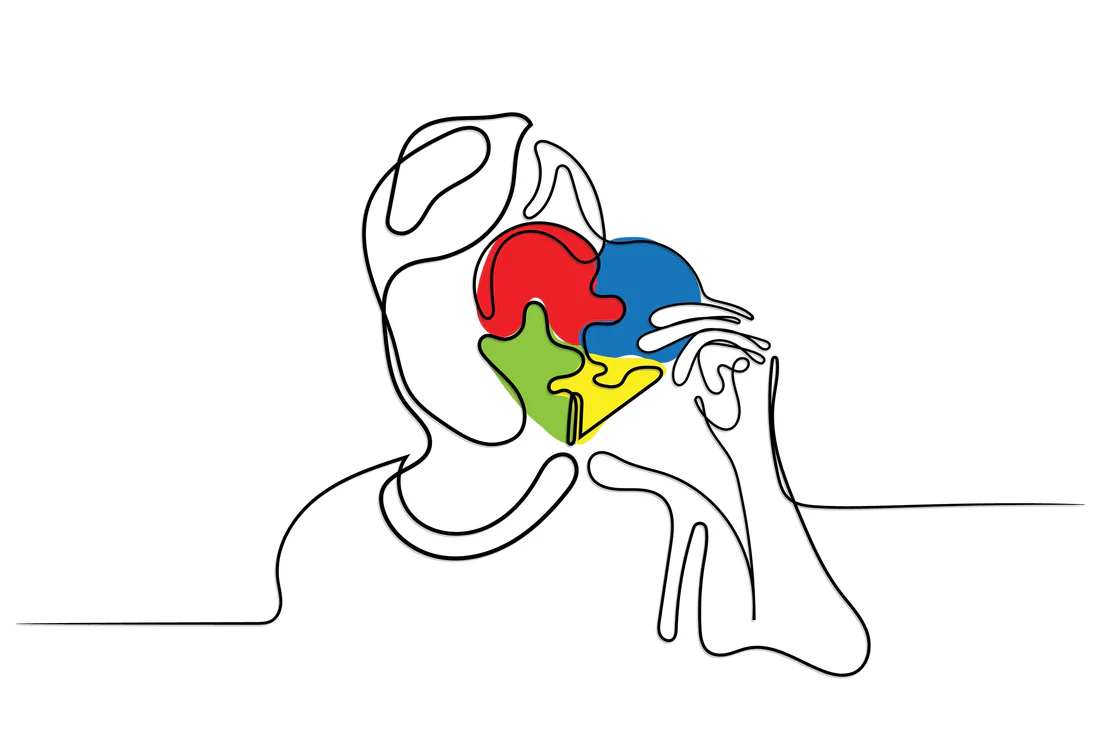










 See Therapist Database
See Therapist Database Speech Therapy
Speech Therapy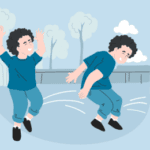 Physical Therapy
Physical Therapy Occupational Therapy
Occupational Therapy




